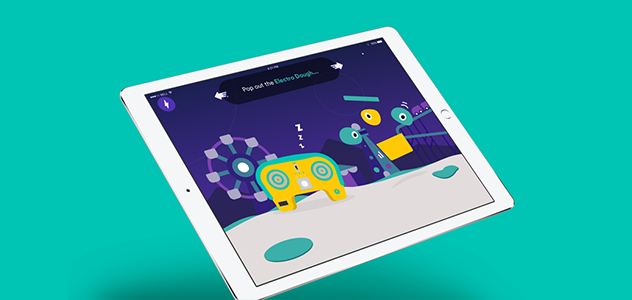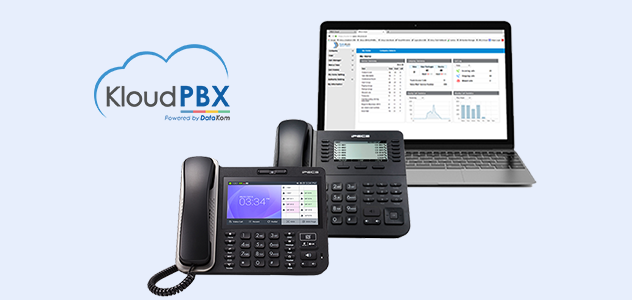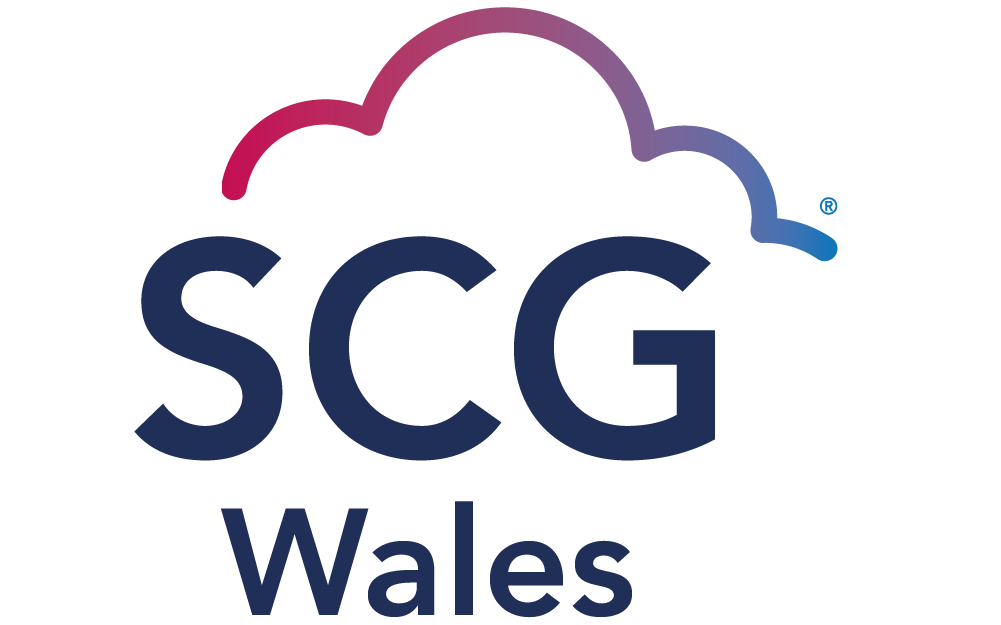The recruitment industry continues to grow year on year. In 2017 alone, Companies House recorded…
The rise of technology in the education sector
Posted on 14th August 2018 under Blog.

The traditional classroom consisted of blackboards, chalk and textbooks. But as technology continues to develop in workplaces, it is inevitable there will be advancements in how education is delivered to young people.
It is estimated that schools now spend £900m on education technology every year, with the average classroom utilising laptops, tablets and interactive whiteboards. Mobile apps, Google tools, YouTube videos and online webinars now all play a part in the classroom, enabling teachers to teach in new and innovative ways that can help maximise learning retention.
But technology has become much more advanced than this. There are now toys that teach robotics, games that help children code and apps for teachers in an industry forecast to be worth £129bn by 2020.
Here are some of our favourite technology trends in the education sector.
Game-based learning

Photo ref: Tech Will Save us
Digital games are growing popular in classrooms because, in addition to being highly engaging, they’re also suitable for curriculum content, core skills, language acquisition, problem-solving and pupil collaboration.
Game-based learning applications provide children with immediate feedback, informing users whether their choice was correct or incorrect. Compared with traditional reading, research suggests children playing reading games advance further. In specific, such apps can improve the reading speed of syllables, spelling skills, and attention.
Furthermore, many games are designed for use with interactive whiteboards and 3rd party applications such as Skype to encourage group collaboration.
To date, 20,000 learning applications have been built for the iPad and 1.5 million iPads are currently in use in educational institutions and schools.
Shared platforms

Photo ref: Firefly Learning
Technology advancements are helping teachers as well as students to replace traditional learning and creating more personalised experiences for their students.
Popular platforms can now connect teachers, students and parents. Students are able to access educational resources online and parents can be kept up to date with their child’s progress.
The cloud-based support platform used by Firefly Learning allows teachers to set homework assignments, track students’ progress, provide feedback and share learning resources. The platform utilises desktop and mobile apps, can integrate with 3rd party applications and has its own API for education software providers allowing users to plug in their content.
Online learning

When a Stanford University professor offered a free online course in artificial intelligence in 2011, he had no idea that the experiment would attract 160,000 students from 190 countries and generate a wave of publicity.
Online learning offers significant benefits for educators such as schedule flexibility and cost-effectiveness. Students have access to new learning platforms and the opportunity to learn from celebrated educators worldwide via long-distance education.
It’s estimated that by 2019, at least 50% of all post-secondary courses will be delivered online.
The cloud

With all the advances in technology, the most cost-effective aspect to upgrade is the telephone.
A cloud-based phone system gives the flexibility to efficiently respond to any situations. Remote access allows administrators to quickly make changes – parents can receive a notification from your school through SMS or via recorded messages services directly.
Additionally, teachers can benefit from a personal extension phone number with a dedicated voicemail for increased responsiveness. Staff are able to access their own messages from any handset, saving the time-consuming task of a receptionist manually sorting and passing on messages.
Many features are available on a cloud-based platform including:
Mobile working with voice conference rooms and multi-party calling to easily communicate with all staff members
Remote and home-based working applications with access to the school communications platform regardless of location
SIP ready meaning you access the latest cloud features and cost-efficient connectivity
Virtual voicemail boxes for shared access on staff room phones
Voicemail to email to so you can receive messages wherever you are
On-demand or specialist call recording
Integrated voicemail and auto attendant supporting absence reporting and parent update lines
CRM integration
As the education sector advances, experts predict that educational technology will encourage higher education institutions – like many other businesses around the world – to undergo a digital transformation and make immersive learning a key part of mainstream teaching.
Instead of using class time to dictate information, technology is helping teachers use their time more efficiently with students, advancing problem-solving, communication and collaboration.
Related Posts
- What opportunities can technology offer the recruitment industry
- How to work faster and smarter with the cloud
Many businesses are now adopting cloud technology and taking advantage of many organisational tools. These…

